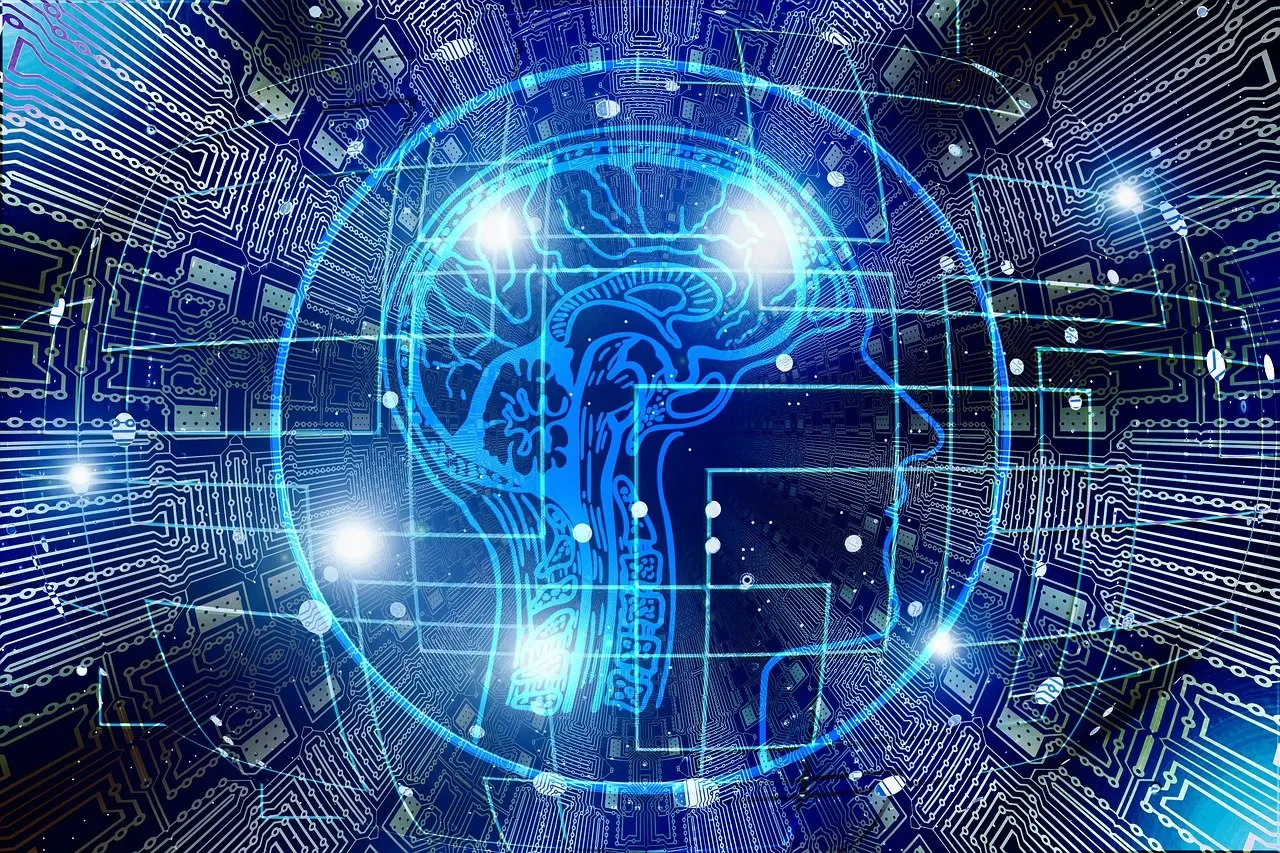A group of researchers at the University of Chicago has created an artificial intelligence algorithm that can predict crimes a week before they occur with up to 90% accuracy.
The researchers worked to create the model using historical crime data to predict future events in an area of 1,000 square feet, which was displayed in eight major U.S. cities, including Chicago, Los Angeles and Philadelphia.
Professor Ishanu Chattopadhyay of the University of Chicago sai
"We have created a digital twin for urban environments if you provide it with data from what happened in the past, it will tell you what will happen in the future, it is not magical, there are constraints, but we verified its health and it works really well."
Professor Chattopadhyay adds that the tool reminds us of the predictions of crime made in the 2002 science fiction film Minority Report, which itself was based on a short story from the same tale by Philip K. Dick in 1956.
Similar AI-based technology is already being used in Japan to inform citizens' patrol routes in some municipalities where crimes are statistically likely to occur in certain areas at certain times.
Different differences in technology proved controversial, with the crime and abuse risk model implemented by the Chicago Police Department in 2012 found to be flawed by the use of historically biased data.
These efforts have also relied on an earthquake approach where crime is portrayed as arising in "hotspots" that spread to surrounding areas.
- By contrast, Chicago-based researchers have shaped the complex social environment of cities
- as well as the relationship between crime and the effects of police enforcement.
- "Spatial models ignore the city's natural topology," said Max Palfaskim
a sociology professor at the University of Chicago who participated in the research.
"Transport networks respect streets, lanes, trains and bus routes, and respect communication networks and areas with similar socio-economic backgrounds, our model allows these contacts to be detected."

